Table of Contents
Peltier Effect:
In 1834, Jean Charles Athanase Peltier, a French watchmaker turned scientist discovered a thermoelectric effect, which is the converse of the Seebeck Effect. He discovered that when current is passed through a junction between two conductors, heat is either evolved or absorbed. When the direction of the current is reversed, the heating effect is also reversed.
The absorption or evolution of heat at a junction of two dissimilar metals when current is passed is known as the Peltier effect.
Figure a shows an example of the Peltier Effect. We have two junctions of iron and copper (A and B) and the battery of emf ℰ is used to send a current I through them in a particular direction. It is found that one junction (A) is heated up, the other one (B) is cooled down. If the direction of current is reversed by reversing the polarity of the battery in the circuit then junction A will be cooled down and B will be heated up. We can say that the Peltier effect is reversible.
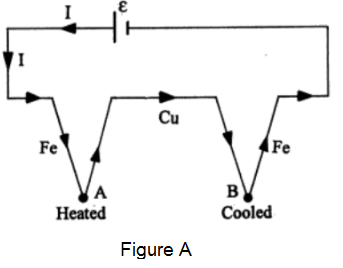
One can observe Peltier’s effect even at a single junction of two different metals. As shown in Figure b, a current I is sent through the junction P from Fe to Cu, the junction is found to be heated up. If the current direction is reversed, the junction is cooled down.
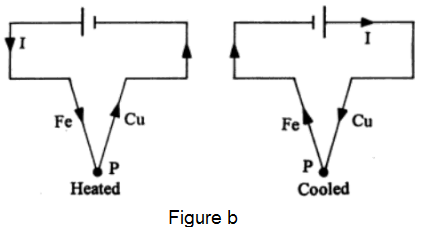
Peltier co-efficient:
It is denoted by π. It is defined as the ratio of Peltier heat evolved or absorbed at a junction to the charge flowing through that junction i.e.
| π = Peltier Heat/Charge Flowing The S.I. unit of π is Joule/Coulomb i.e. J/C. |
Peltier co-efficient depends upon-
- The nature of the two metals forming the junction.
- The temperature of the junction.
Peltier effect has different values for hot and cold junctions.
Difference Between Peltier Effect and Joule Effect:
Following are the points of difference between Peltier Effect and Joule Effect-
| Peltier Effect | Joule Effect |
|---|---|
| It is a reversible effect. | It is an irreversible effect. |
| It takes place only at the junctions of two different metals. | It occurs throughout the conductor. |
| Heat is evolved at one junction and absorbed at the other junction. | It is always a heating effect. |
| The amount of heat evolved or absorbed is proportional to current. | The amount of heat evolved is proportional to the square of the current. |
| It depends upon the direction of the current. If, on passing the current in one direction, heat is absorbed at a junction, then on reversing the current, the heat is evolved at the same junction. | It does not depend upon the direction of the current. Whatever may be the direction of current in a conductor, heat is always evolved. |
| The heat evolved or absorbed depends upon the nature of the two metals forming the junction. | The heat produced depends upon the resistance of the conductor. |

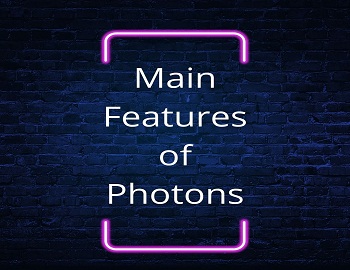


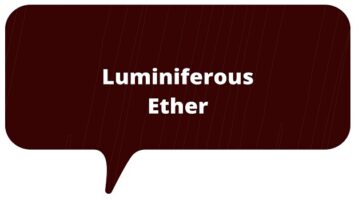


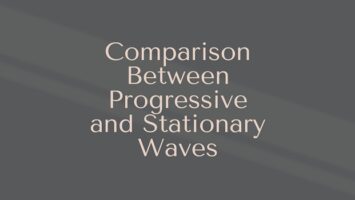
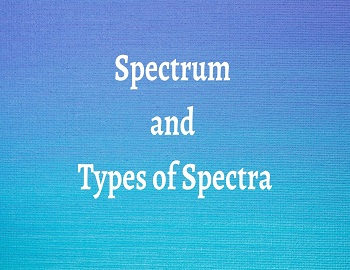
Comments (No)